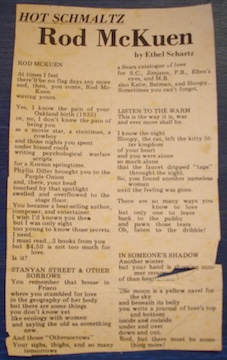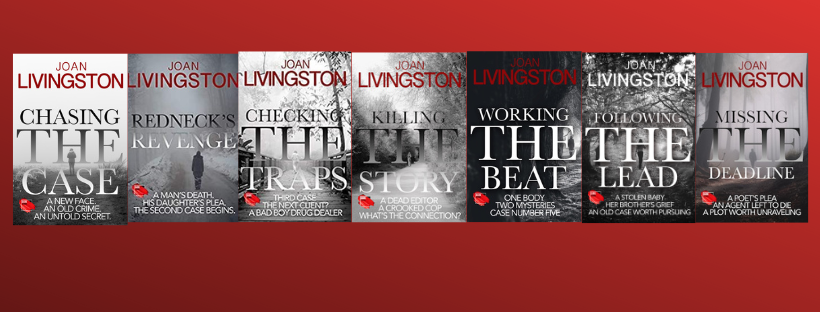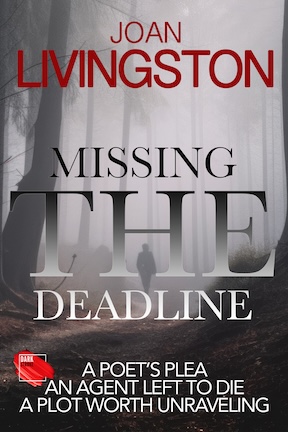This is the true story of how I got the pseudonym Ethel Schwartz. Of course, it began as a joke.
A group of guys were goofing off outside the college’s administration building when they decided among themselves that the next girl who walked around the corner would be named Ethel Schwartz and she would be the campus’s official sex symbol.
Yes, it was me. However, I don’t know if I fit the role of the campus’s official sex symbol.
I can take a joke. Besides the guys were in my circle of friends at Bridgewater State College, now a university. They were among those who ran the student paper, which was first called Campus Comment and then Hard Times, and the lit magazine, Roots and Wings and then Conceit. They went to the coffeehouse Friday nights and were in the middle of any protest. We all hung out at the coffee shop downtown and at friend’s apartments.
And, they were probably stoned that day.
A few of them called me Ethel for a little while. But I went a step further. I decided to name the newspaper column I wrote “Hot Schmaltz by Ethel Schwartz.” Schmaltz is rendered chicken or goose fat. Schmaltz can also mean extremely or excessively sentimental music or art. Frankly, I just liked the way the five words went together.
As Ethel Schwartz, I got to write whatever I wanted like the time I went to a drive-in theater that was showing two Russ Meyer flicks. Meyer produced low-budget, sexploitation films like Vixen, one of the two playing that night.
Above is a clipping of a column I found tucked in an old lit magazine from long ago. (Schwartz was spelled incorrectly.) In it, I reviewed three books by Rod McKuen — in poetry form. They were: Stanyan Street and Other Sorrows, Listen to the Warm, and In Someone’s Shadow.
Rod McKuen made a lot of money writing schmaltzy poetry. The girls in my dorm — that’s where I borrowed the books to read them — loved his stuff. I thought he was a hack. In those days, I fancied myself a poet.
Here’s how the column’s review begins:
At times I feel
there’ll be no flag days any more
and, then you come, Rod McKuen
waving yours.
And how it ends:
The moon is a hello navel for the sky
and beneath its belly
you write a journal of love’s top and bottom
inside and outside
under and over
down and out.
Rod, but there must be something more!
Okay, if McKuen’s poetry wasn’t bad enough, the review was, too. But it was written by Ethel Schwartz, my persona in a previous lifetime, which was the inspiration for two books: Peace, Love & You Know What and Professor Groovy and Other Stories. (By the way, Prof. Groovy will be free on Kindle on April 13-14.)








